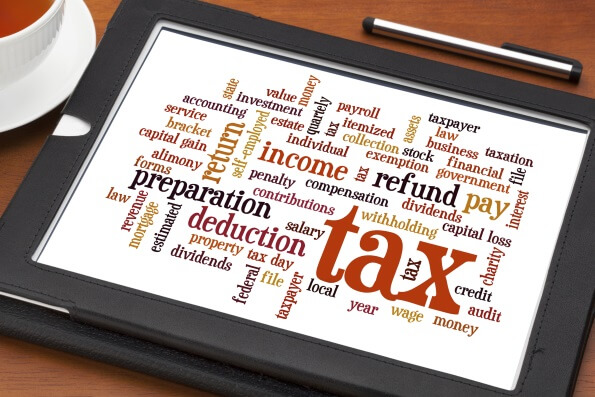Many self-employed people have made large losses in the tax year 2020/21, which exceed the profits made in the previous year and even the year before that.
Those pandemic trading losses can be used to generate a tax refund by setting them against profits made from the same trade up to three years earlier.
To calculate the trading loss to carry back you need to include any Covid-19-related grants received, such as SEISS, CJRS, or business support grants. The SEISS grants are treated as part of your income for the tax year in which they were received. The first three SEISS grants were paid in 2020-21 so must be set-off against the trading loss from that year.
The claim can set the loss against profits in all three tax years: 2019-20 to 2017-18. But the set-off must start with 2019-20 with only unused losses being carried back further.
There are some additional conditions to meet in certain sectors. All businesses need to show that losses arose from a commercial trade which was carried on with a view to making a profit. Losses from letting property cannot be carried back at all. Carrying back the loss does not actually change the figures on your tax returns for the earlier years. Instead, the loss set-off creates a standalone tax credit for you to use in the current year.
If you need help with this or any other accountancy, tax and small business issues, get in touch for a no-obligation discussion – see our Contact Us page for how to reach us.
Keeping you compliant | Saving you tax | Helping you grow
Information in this publication is intended to provide only a general outline of the subjects covered. It should neither be regarded as comprehensive nor sufficient for making decisions, nor should it be used in place of professional advice. Whyatt Accountancy and the writer accept no responsibility for any loss arising from any action taken or not taken by anyone using this material.

